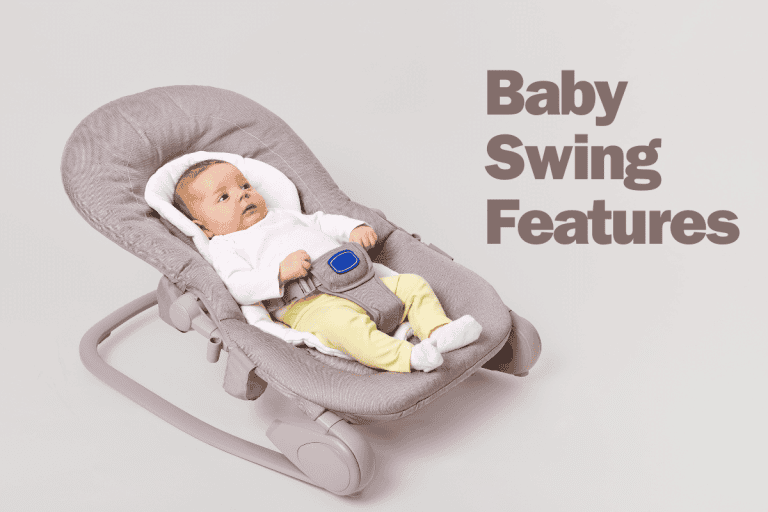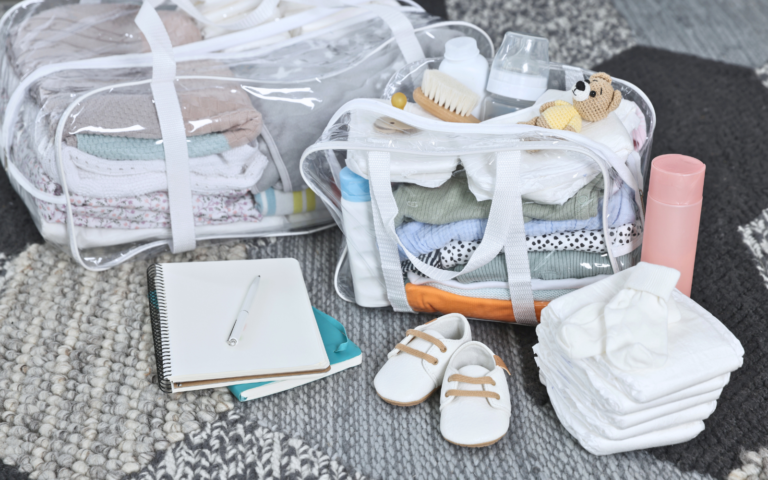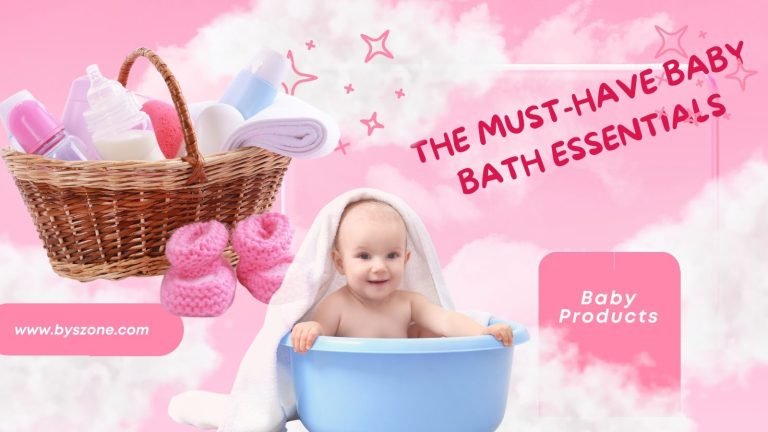Exclusive Bathing Guide for New Parents: When to Start Bathing Your Newborn in 2025
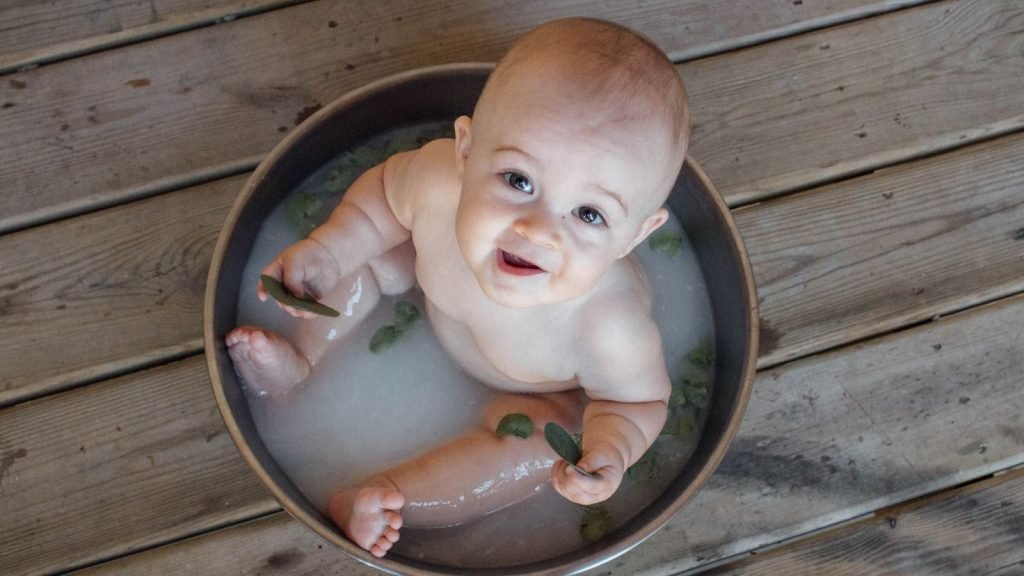
Welcome to our “Bathing Guide for New Parents,” your essential resource for navigating newborn care through bathing. Learn the essentials, from the ideal time for your baby’s first bath and choosing the right water temperature to mastering sponge baths for delicate skin and transitioning to tub baths post-umbilical cord detachment.
Discover tips on using baby shampoo, keeping the baby warm, and ensuring a safe, comfortable bath time. This guide covers everything – from washing the baby’s head, body, and diaper area with care to selecting baby soap, managing bath water, and drying off with a clean towel – to ensure your baby stays clean, happy, and healthy.
Key Takeaways – Bathing Guide for New Parents
- Delay the first bath until the umbilical cord stump falls off to avoid infection.
- Begin with sponge baths in the early weeks to safeguard the newborn’s sensitive skin.
- Always ensure the bath water is comfortably warm, and never leave the baby unattended during bath time.
When to Start Bathing Your Newborn

Timing: The First Bath
- Dry and clean the baby immediately, but wait at least 24 hours before giving the first bath.
- Dress the baby in one or two more layers of clothing than an adult would wear, and always use a hat to cover the baby’s head to keep them warm.
- Arrange for the baby to have tests for vision and hearing, jaundice, and other possible conditions early on.
- Keep the baby’s umbilical cord area dry and avoid applying anything like ointment.
- Ensure the baby and mother stay together in the same room, allowing the baby to feed whenever necessary.
- Maintain skin-to-skin contact with the baby as much as possible each day, especially when they are very young.
- Always wash your hands with soap and water before touching the baby.
- Be aware of the signs that indicate the baby needs medical attention, such as poor feeding, rapid breathing, or a high fever, and know where to go for help.
Considerations for Premature Babies

Immature babies often have delicate skin and may require special care during bathing. Premature babies should start with sponge baths, as they may be more sensitive to temperature changes and contact with water.
It is best to consult a healthcare provider for guidance on when to start bathing premature babies and any specific precautions or techniques to follow. Pay close attention to your premature baby’s skin condition and temperature control to ensure their safety and comfort during bathing.
Umbilical Cord Care
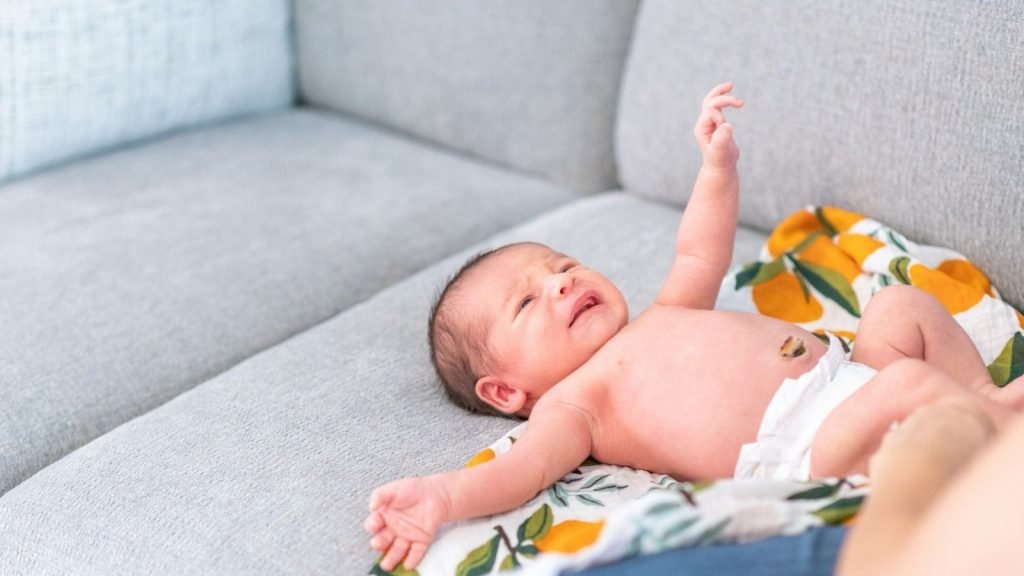
Until the newborn’s umbilical cord stump falls off, you should avoid bathing your baby to prevent infection and promote proper healing. During diaper changes, gently clean around the umbilical cord stump with a damp washcloth and mild soap, then pat dry. The umbilical cord stump area should be kept clean and dry.
You should contact your healthcare provider for further evaluation and guidance if you notice any signs of infection around the umbilical cord stump, such as redness, swelling, or discharge.
Essential Supplies for Bathing
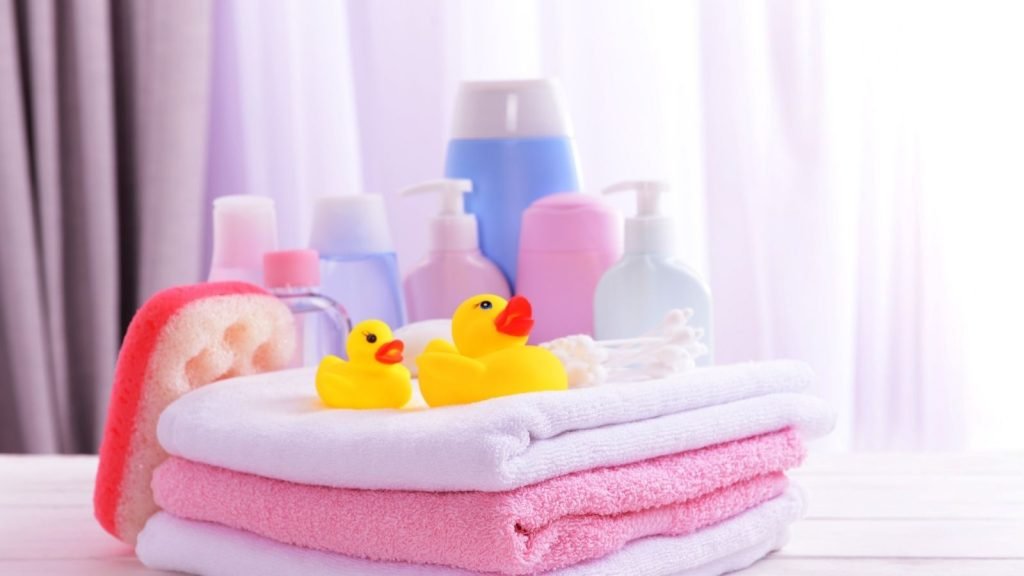
Bathing Essentials
Baby shampoo: Use a mild shampoo specially formulated to cleanse the baby’s hair and scalp gently.
Clean towel: A soft, clean towel should be ready to wrap your baby in after the bath to keep him or her warm and dry.
Baby soap: Choose a mild, hypoallergenic baby soap or cleanser to clean your baby’s delicate skin. The soap should be washed off after using a mild soap.
Washcloth: During bathing, use a soft, damp washcloth to clean the baby’s head, face, skin, body, and diaper area.
Baby tub: A small, shallow, flat plastic tub or a special tub filled with warm water should be used to bathe the baby safely.
For a smooth bathing experience, ensure you have all the Must-Have Baby Bath Essentials ready before starting the bath.
Safety Considerations
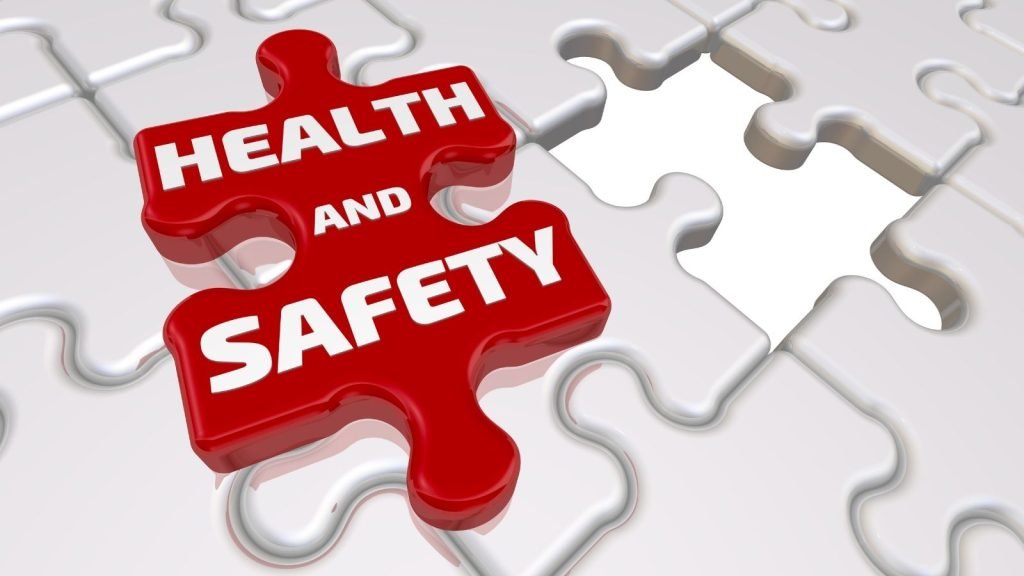
Sponge Bath: If the baby is too small for a tub bath, opt for a bath instead to ensure his safety and comfort.
Safety straps: When using a baby tub or changing table, always make sure it has a safety strap to prevent your baby from slipping or falling.
Water temperature: Check the water temperature using your wrist or a thermometer to ensure it is comfortably warm but not too hot so as not to itch or burn your baby’s delicate skin. A water heater can heat water as much as you like.
Pad hard surfaces: Place a soft towel or padding on hard surfaces like changing tables to provide a comfortable and safe surface for your baby to bathe.
Stay close: Your baby should never be left unattended while bathed, even for a moment. Keep a hand on your baby to avoid accidents. Keep your baby sterile by bathing regularly.
Following Baby Bath Safety Precautions ensures a secure and enjoyable experience for your baby.
Step-by-Step Guide to Bathing Your Newborn
Preparing for the Bath
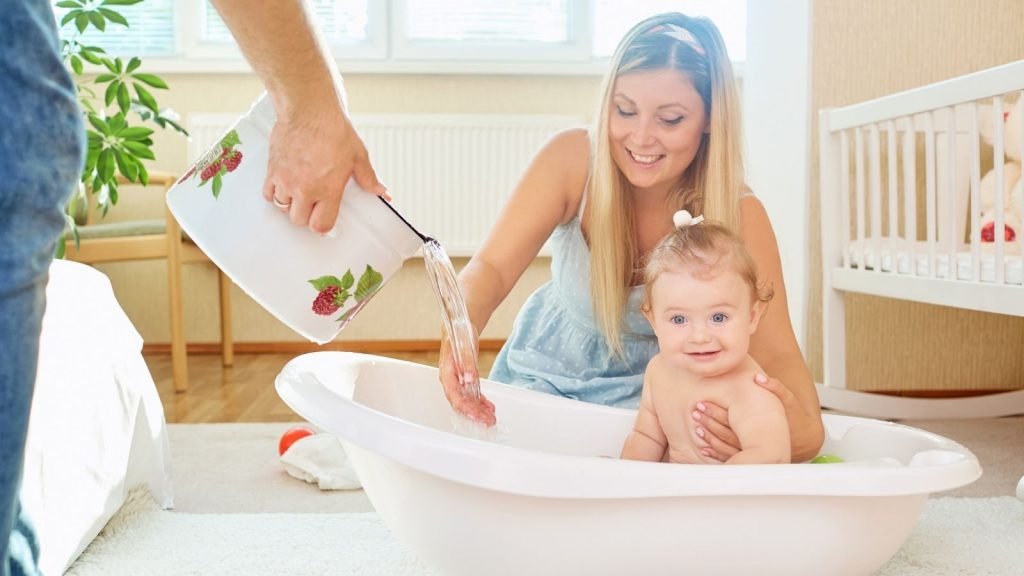
Gather Supplies
Gather supplies such as baby shampoo, baby towels, baby soap, washcloths, and a plastic tub or sink for bathing. Ensure all supplies are within reach to prevent your baby from accidentally entering the bath.
Ensure Comfortable Environment
Make sure the bath seat is comfortably warm so your baby doesn’t feel cold during the bath. Check the water temperature before starting the bath to ensure it’s comfortably warm but not too hot. Use a water heater if necessary.
Bathing Techniques
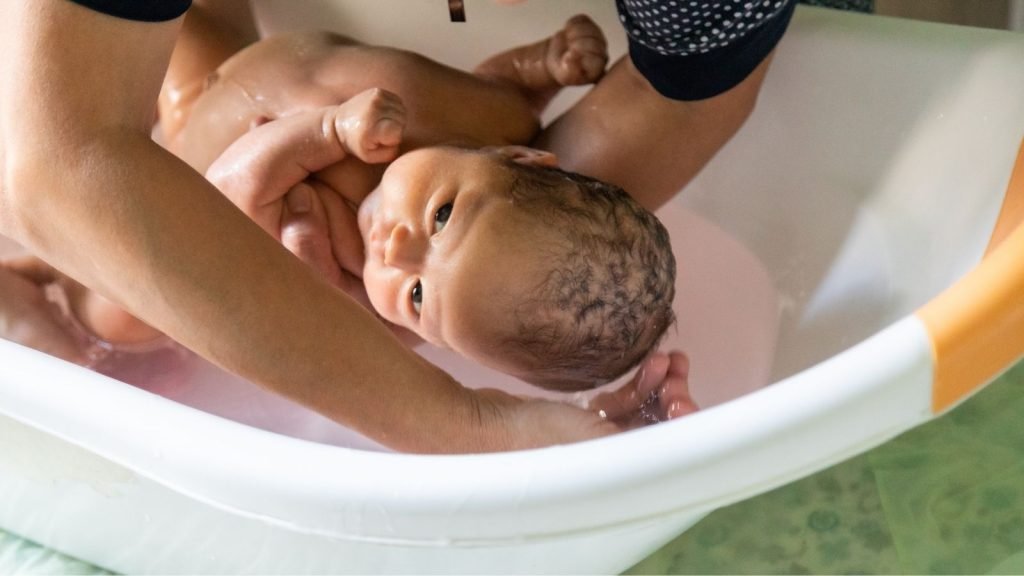
Sponge Bathing
Lay the baby on a flat surface and use a damp washcloth to gently wipe your baby’s face, eyes, body, and diaper area. Pay special attention to areas like the baby’s head, ears, and neck, making sure they are gently but thoroughly cleaned.
Tub Bathing
The baby’s tub should be filled with comfortably warm water. Gently lower the baby into the tub to support the head and neck, ensuring the baby is safe and comfortable. Use mild baby soap and warm water to gently wash the baby’s body, hair, and scalp. Wash off the baby soap with lukewarm water, ensuring no residue is left on the baby’s skin.
Drying and Dressing
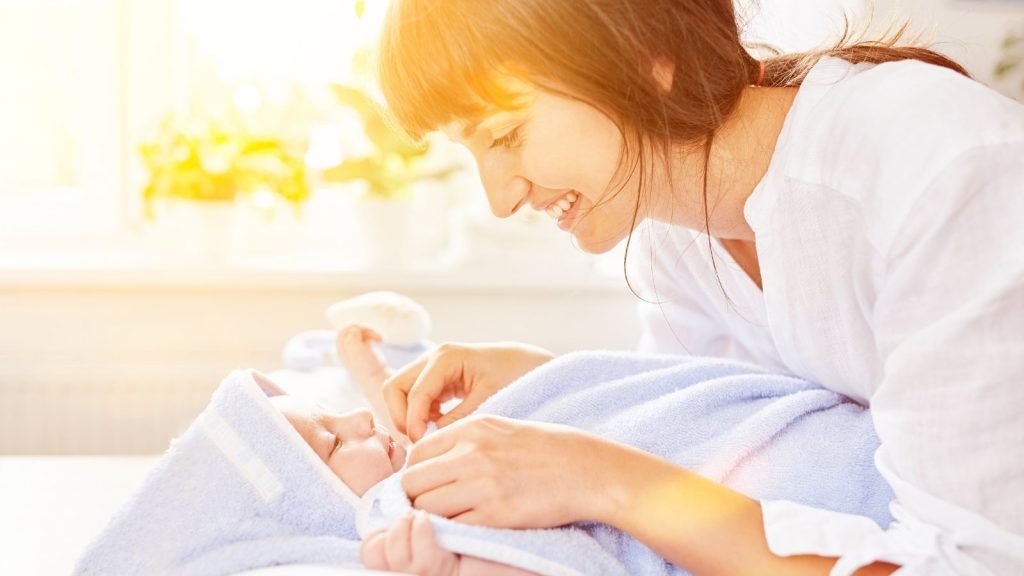
Pat Dry Gently
After bathing, the baby should be wrapped in a clean towel and gently patted dry to avoid irritating the delicate skin. Special attention should be paid to drying areas such as diaper areas and folds to prevent moisture build-up.
Dressing Your Baby
Once the baby is dry, he should be dressed in clean, comfortable, warm, and snug clothes. To help keep the baby’s skin soft and hydrated, it is best to apply a scented baby lotion or moisturizer.
Tips for Making Bath Time Enjoyable
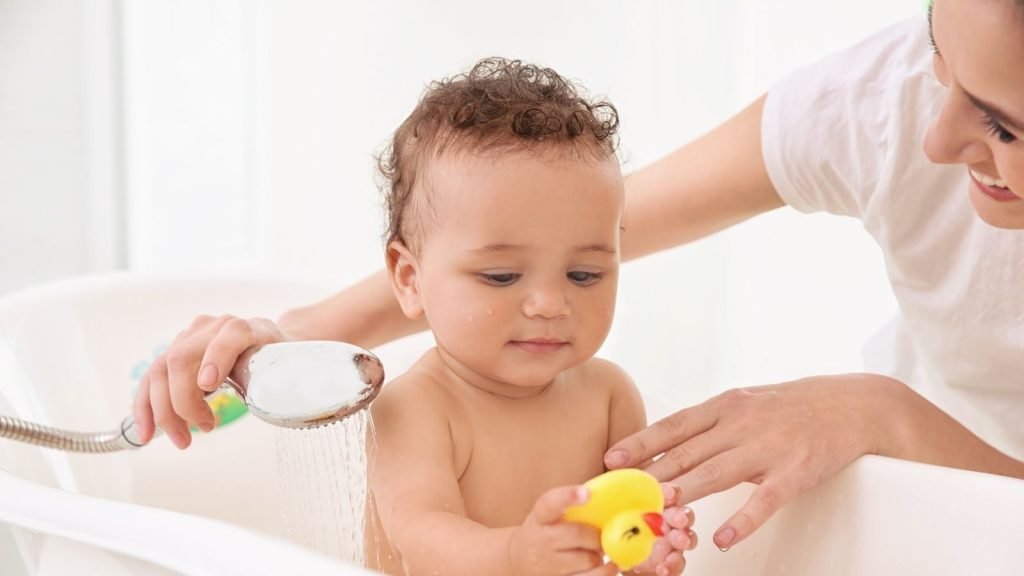
Establishing a Routine
Set a consistent bath time that works for you and your baby, preferably when your baby is calm and alert. Maintain the same sequence of activities during each bath, such as undressing, washing, and drying, to help your baby feel safe and comfortable. Incorporate soothing activities such as soft music or gentle conversation to calm your baby and make bath time enjoyable.
Keeping Your Baby Comfortable
Make sure the bath seat is comfortably warm before undressing to prevent your baby from getting cold during the bath. Bath water should be used when lukewarm. Keep baby supported and secure while bathing, whether using a baby tub or sponge bath on a flat surface, to prevent slips and falls.
Gently massage your baby’s body, face, and hair while washing to avoid discomfort. Keep all the essentials, such as baby shampoo, soap, washcloths, and towels, within reach to minimize bath time disruptions and keep your baby relaxed.
Bonding Opportunities
Use bath time to bond with your baby through physical touch, eye contact, and soothing sounds. Gently massage your baby’s body and scalp while washing to promote relaxation and strengthen your bond.
Talk to your baby throughout bath time to provide comfort and stimulation. Take advantage of skin-to-skin contact by holding your baby close after a bath, providing warmth and reassurance.
For a gentler bath, consider using Why Organic Baby Bath Products to protect your baby’s delicate skin.
Summary
Our comprehensive bathing guide for new parents covers everything you need to know about bathing a newborn. All parents worry a lot about giving their newborn their first bath, but the first few weeks should be bathed carefully and cautiously.
This blog has tried to cover bathing guidelines, including regular baths, sponge baths, water temperature, umbilical cord stump, soap washcloths, and tub baths. We hope the Bathing Guide for New Parents blog will be very helpful in bathing your newborn.
Frequently Asked Questions
When Should I Start Bathing My Newborn?
Wait until the umbilical cord stump falls off, typically within the first two to four weeks after birth, before giving your baby their first bath.
Why is There a Delay in Taking a Bath After Birth?
Delaying bathing the newborn for at least 8 hours after birth protects the newborn’s skin from bacterial attack, keeps their blood sugar stable, and conditions their skin.
How Do I Clean My Baby’s Umbilical Cord Stump?
Gently clean around it with a damp washcloth and mild soap during diaper changes until it falls off.
How Do I Check The Water Temperature For My Baby’s Bath?
Use your wrist or a thermometer to ensure the water is warm but not too hot. If needed, heat the water using a water heater.
How Do I Make Bath Time Enjoyable For My Baby?
Establish a routine, keep your baby warm and supported, and incorporate soothing activities like soft music or gentle conversation.
